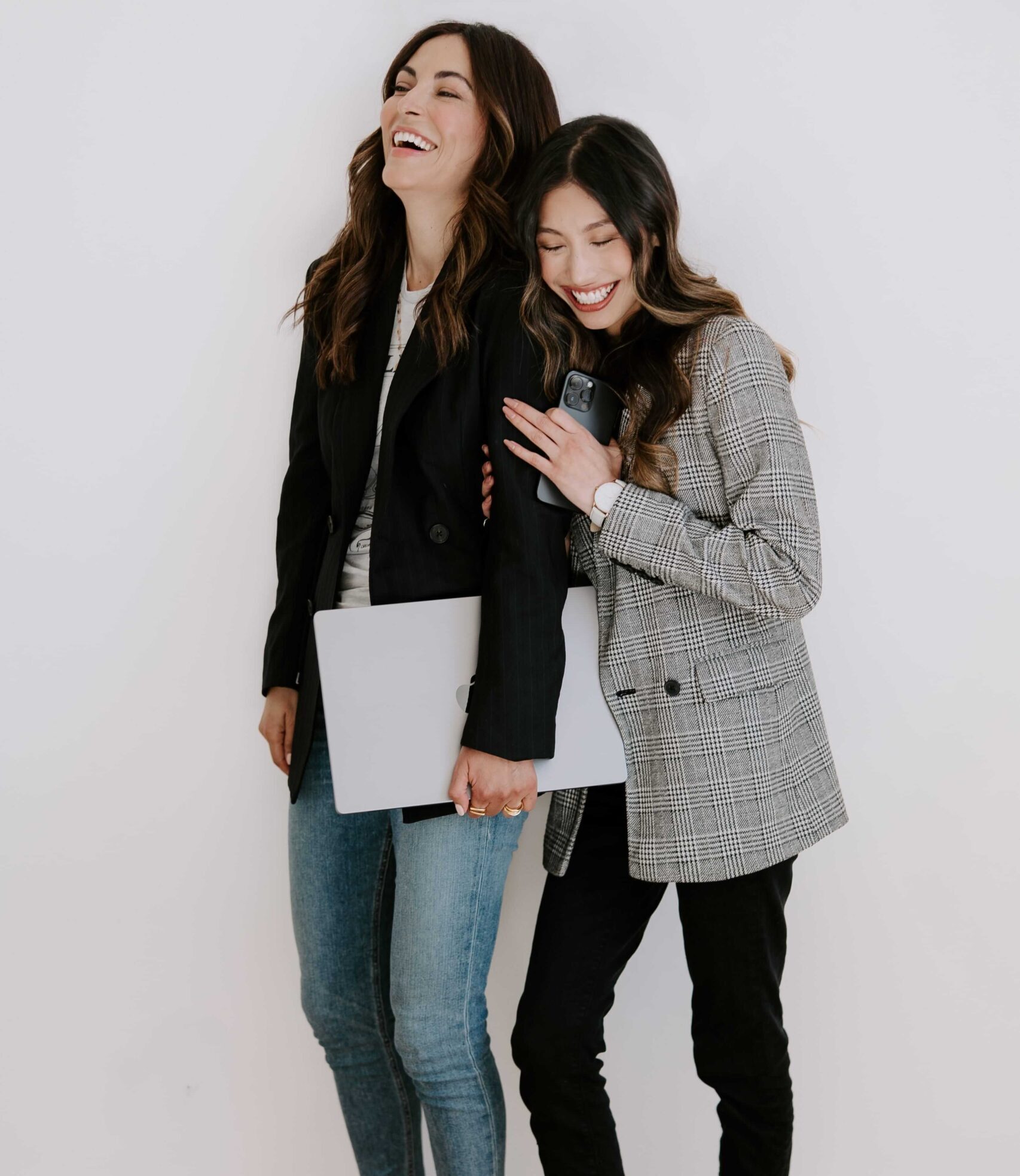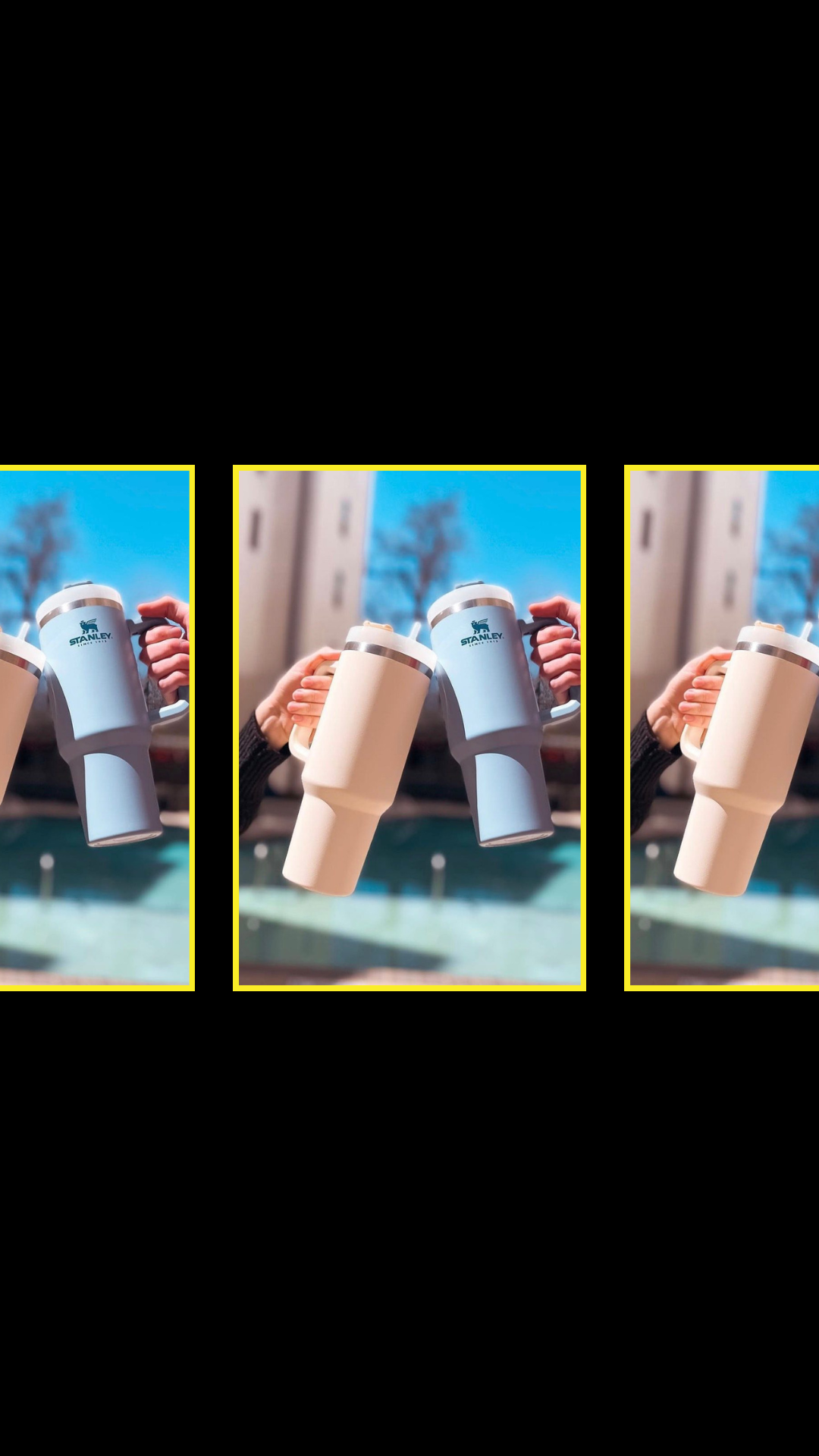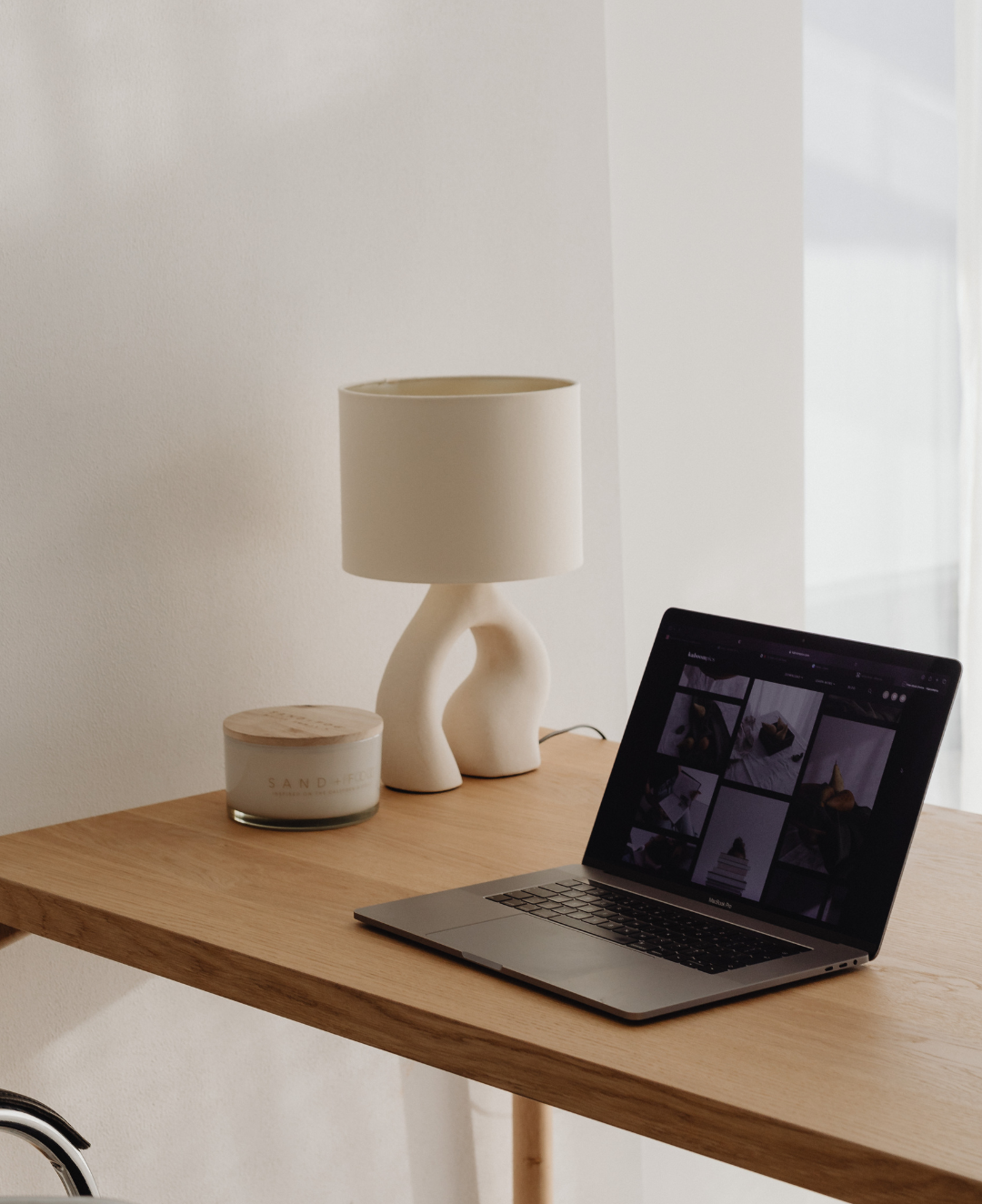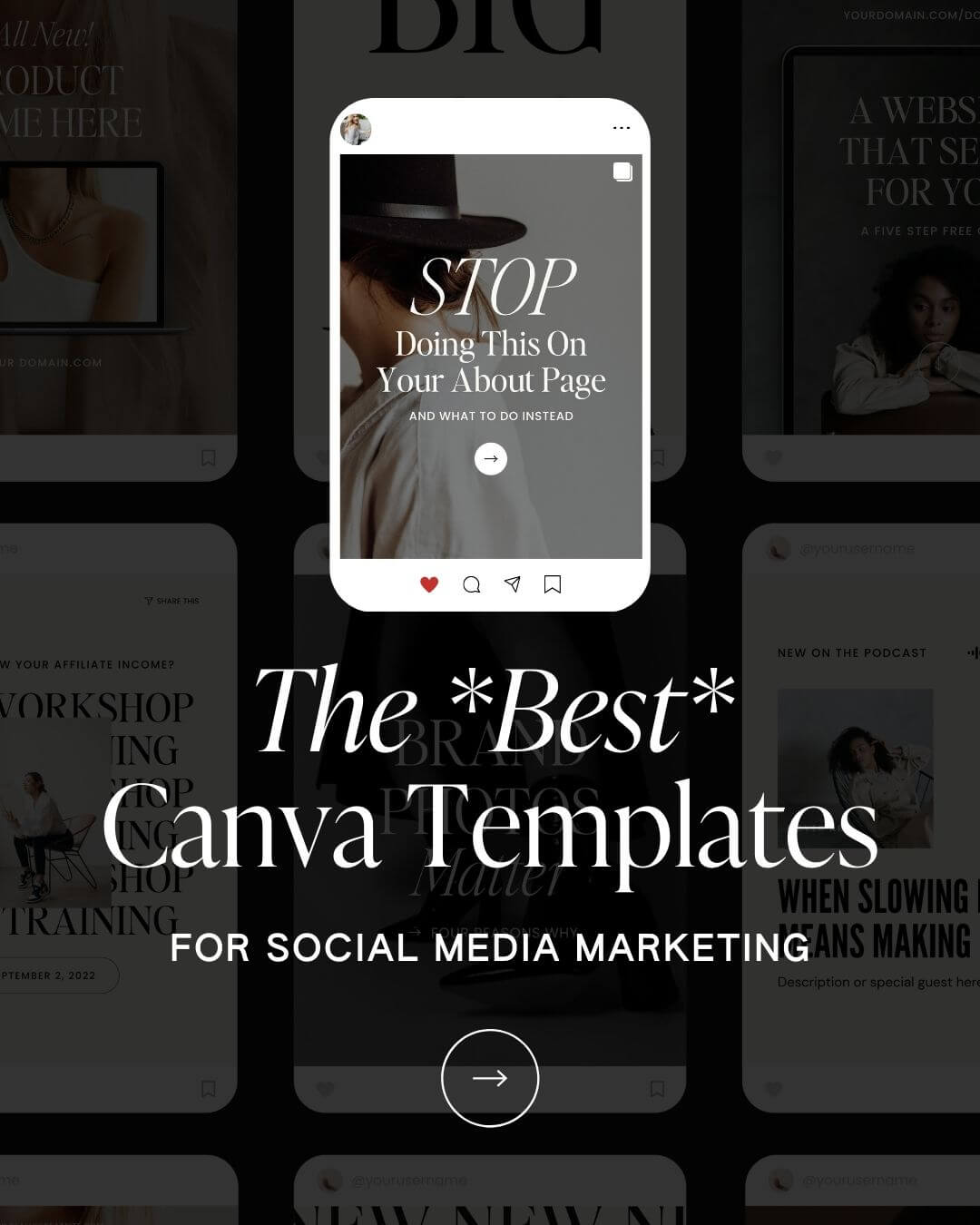We’ve officially come to the 4th part of the Website Copy Made Easy (well, easier) series, but don’t worry, it’s a jam-packed one. With site best practices, creating the foundation, and tackling the ever-important Home page out of the way, it’s now time to zero in on your site’s other top page—your About page, of course. Wondering what to include on your about page, need some about page copy inspiration, or just want some best practices for an about page that both reads and converts well? Keep reading.
New to the series? Catch up here:
Part 1 – 5 Site Building Best Practices
Part 2 – Establishing Your Foundation
Part 3 – Writing Your Home Page Copy
I’m also going to slightly switch up the format and take you through a bit of a Q&A, to address the About page concerns we hear most and break it down further. Sound good?

Q. My About page is about me, right?
Answer: Yes…and no! Allow me to explain. The About page is typically the second or third most visited page on your website. Check your Google Analytics if you don’t believe me. (Here’s a quickstart guide if you’re new to the platform!)
That data proves visitors are clicking over to it to get a feel for who they’d be working with/buying from—or they’re simply curious and want to learn more about the story behind the brand.
As you’ve likely heard said before, humans buy from humans! So it’s important to give them a point of humanity, connection, and relatability.
Part of that humanity is also being able to demonstrate empathy and the competency to make their wants, needs, desires, goals, or aspirations a reality.
Which means, your About page needs to be about your reader, too.
By addressing their wants and needs (perhaps even better than they can articulate them themselves), you’re creating a strong sense of resonance and setting yourself apart from your competitors where the value just isn’t as clear. (Remember what we said about your “voice of customer” research in Part One?! That’s KEY here! Your about page should be the place where you and your story intersect with what your customers need and want most.)
Take it from Simon Sinek who said:
“If you don’t understand people, you don’t understand business.”
– Simon Sinek
So before digging into your bio, life story, or resume, we advocate for starting with a client-driven intro that makes them feel seen and heard.
I’m going to share a few ways to do this below, but I also think it can first be helpful to bring back the Venn diagram exercise (like we did in Part 3).
This time, ask yourself: Where does my story, experiences, and values intersect with my audience?
You don’t need to have the same or a parallel journey as them, but consider what’s made you uniquely qualified and adept at meeting their wants and needs, or solving a problem or pain point that’s standing in their way.

Q. Should I write my About page in third-person? Like a bio?
A: Glad you mentioned a bio – because that’s entirely optional! Let’s say PR features, brand collaborations, speaking engagements, or any of the like are a priority for you.
Then including a brief, 1-paragraph professional bio is a great idea!
Otherwise, you can keep your About page more personal and narrative in nature, without it feeling like a Linkedin profile.
With that, and depending on your brand voice, you can write your About page predmoninatly using a first-person “we” or “I” point-of-view, or a third-person perspective.
In most cases, I recommend fostering a personal connection by using “we” or “I”. But an About page introduction that’s written in third-person can work well if you’re the face of the brand but stepping away from as much day-to-day servicing, or if you’re an artist who wants a more traditional feel.
Whichever you choose, try to keep it consistent thorughout your entire site! (Or at least be really intentional if you’re using a mix!)
I’d also recommend that you first address your audience by a specific phrase like “creative entrepreneurs” to help with self-identification and further assure them they’re in the right place.
From there, the pronoun you really want to use the most is “you”—as opposed to “our clients” or “they”, and the like.
Remember: Talk to and with your reader, not at them.
For example:

Q. What do I need to include in my About page other than a bio?
A: As far as telling a fuller story throughout the page, here are some ways you can beef it up and create more interest:
01. Client-Focused Intro
Share a primary belief statement tha resonates with ideal clients; tell an interesting story about how the brand came to be; express how you get their current situation and know the path forward, etc.
02. Intro yourself—share your story and provide elements of credibility and connection.
I’ll break down ‘share your story’ below. But this is also where you can start to include logical strengths and differentiators that speak to your qualifications. You could also list or bullet them out.
03. Personality-Driven Section (aka Favorites or Fun Facts)
There are so many different ways to do one of these depending on what feels on brand for you. And there’s already a great ‘fun facts’ section within your TONIC template! It doesn’t have to be about your favorite breakfast meal or TV show but it certainly can if that feels relevant for you…

04. Optional Featured Section
This could include media features, podcast episodes, a favorite quote or sentiment, a by-the-numbers section, blog posts that elaborate on your story or area of expertise, core values, team bios & intros, etc.
05. Closing Call-to-Action Section
Jen and I hammered this one home during a recent #CUatBrunch Instagram Live. No ending the page with a dead-end!
Q. How do I tell my life story in just a few paragraphs?
Great question. It’s a lot to condense down, isn’t it? Let’s do a little exercise.
As it relates to your brand/business, answer the following:
- How did it all originate?
- What was the turning point when your perspective was clarified or your started gaining traction for yourself and/or for your clients?
- What is the transformation that’s resulted in for yourself and/or for your clients?
—
If these don’t seem to be a fit you could also use the following prompts:
- What inspired, annoyed, or made you mad in your industry—enough to start pursuing what you do?
(i.e. For CU, I wanted to bring a more approachable, experiential, and hospitable feel to the world of copywriting.)
- How did you channel those feelings into your craft and use them to create & refine a unique process, framework, style, or approach?
- What has that resulted in for your clients and how does that make you feel?
By answering either set of these questions, you can then use them to create a 3-paragraph brand story on your About page. Ta da! 🙂
Here are two examples; the first from my site and one from TONIC’s site:


Q. How do I know which fun facts are fun & relevant versus which ones are just cheesy or unnecessary?
A: There’s a wideeee range that applies here, depending on your brand. That being said, I think you’re safe to include anything that’s:
- An essential, authentic, or largely identifiable part of your life & business
(i.e. you don’t work Fridays because #familyfirst is your top value; or heck, it could be as simple as Jenna Kutcher’s love of mac & cheese)
- Shared or in common with your ideal client (i.e. you both swoon over European travel)
- Relevant to what you do or the the theme of your brand (i.e. you’re a wedding planner who shares your favorite calendar or app)
Writing any page of your site can feel daunting until you start breaking it down. Then before you know it, all it needs is a quick edit and you’re done!
By including the above sections within the stunning design of your TONIC template, you’ll be able to achieve the perfect balance of expressing why your reader should hire you – from the vantage point of what’s most relevant and important to them.
It’s time to get to work on getting your About page drafted – then head over to Part 5 once it drops to get the scoop on a high-converting Services page.
To take your copywriting education to the next level, explore our collection of courses & guides, such as The Tasting Room, Vine to Voice, and The Copy House.
Cheers!
—
ABOUT THE AUTHOR

Kaitlyn Parker is the founder, lead copywriter, and wine enthusiast behind Copy Uncorked – a copywriting and brand strategy studio pouring up compelling words to help brands grow. Based in Virginia Beach, Virginia, Kaitlyn holds a Master’s in Strategic Communications and has worked with hundreds of clients worldwide in her 7+ years of industry experience. She’s also developed Copy Uncorked’s suite of signature courses—collectively known as CU Edu. Each program is designed to help newer creative entrepreneurs develop their brand messaging, write their own website copy, and more. When she’s not typing away behind a screen, she enjoys quality time with family & friends, where there’s usually a body of water, great food, and a glass of Cab involved. Connect with Kaitlyn on Instagram @copyuncorked or visit copyuncorked.com.





